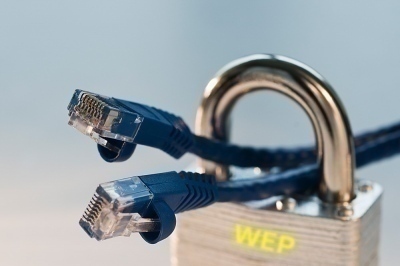How to Change a WEP Key
A WEP (Wired Equivalent Privacy) key is a type of security algorithm for wireless devices that protects a computer from hackers and people who are trying to access someone else’s Internet connection. It consists of the numbers 0-9 and the letters A-F and can be 10, 26, or 58 characters long. For devices within the same wireless network to communicate with each other, the user must enter the same WEP key on each device. To make this easier, many devices are equipped with software that converts a regular text-based password into a WEP key.
How to Change a WEP Key
In order to change a WEP key, the user must access his/her wireless router. This can be done by entering 192.168.1.1 into any browser and entering the correct username and password. If the user has never setup a username and password, they are “user” or “admin” and “password” respectively. Once the user has logged in, he/she can select the “Wireless Settings” tab, enter the old WEP key, and enter a new one. The user should then save the changes, write his/her WEP key down, and sign out of the router.
How to Remove a WEP Key
If a user has set up a username and password for his/her router and cannot remember what they are, he/she can reset the default username and password by pressing the reset button on the router until the router’s lights flash. The user can now use the default username and password mentioned above to access the router. This procedure can also be used if the user is having trouble connecting one device to another and wishes to simply remove the WEP key.
WEP Vs WPA
While WEP protects against average computer users, it has several significant weaknesses that allow more advanced users to hack into someone else’s computer or use his/her Internet connection. As a result, WPA (WiFi Protected Access) has widely replaced WEP. While WEP uses the same encryption key for all data that is transmitted and/or received, WPA uses a different key for each packet and the way the key is encrypted with the data is much more complicated, preventing the vast majority of users from accessing another’s network. Additionally, WPA is backwards-compatible with WEP and allows users to upgrade to the new security algorithm without replacing any equipment.


Comments - One Response to “How to Change a WEP Key”
Sorry but comments are closed at this time.